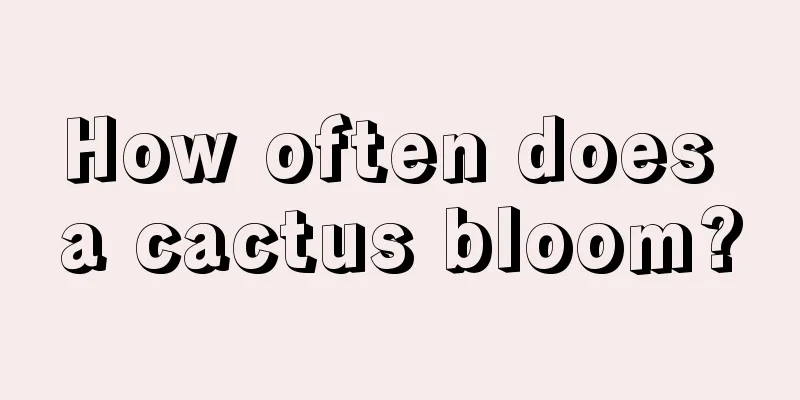What kind of light can replace sunlight for plants (can the lights at home provide supplementary light for plants)

What kind of light can replace sunlight to supplement the light for plants?Sunlight is a natural light source that is a mixture of light of different intensities and wavelengths. In addition to infrared and ultraviolet rays that are invisible to the naked eye, it also contains other light waves that can participate in plant growth and metabolism. Red and blue light waves are particularly sensitive. Red light is mainly involved in the synthesis of plant carbohydrates and pigment cells, while blue light mainly stabilizes the growth and development of plants and prevents excessive growth of plant stems. The light source released by lamps is artificial light, which only simulates natural light and cannot completely replace sunlight. The plant supplementary lights on the market are generally based on full-spectrum LED lamps or metal halide lamps that can sustainably release red and blue light waves . When using it, you need to pay attention to the growth patterns of the plants themselves, turn it on during the day and close it in the evening, maintain an appropriate safety distance according to the power size, and pay attention to ventilation and heat dissipation. It is not necessary to use supplementary lighting for plants to survive the winter, and you should not become dependent on it.Although most areas lack sunlight in winter, it is not completely without sunlight, especially in areas where the winter is not particularly cold, and some areas can even survive the winter in a natural environment. Moreover, the growth of potted plants that are not cold-resistant in winter tends to be slow or basically stagnant. This is part of the plant's normal growth cycle and a process of accumulating nutrients. They will start growing normally again when the climate warms up in spring. Although sunlight does play a vital role in plant growth, it is not the only factor. Controlling the ambient temperature and humidity also has a positive effect on the plants' successful wintering, without the need for excessive human intervention. If you use fill lighting for a long time, the plants may appear to be in good condition, but in fact they have become "flowers in a greenhouse." Compared with plants growing in the natural environment, their ability to resist cold and disease is weakened. It takes an adaptation process to return to the natural environment after the spring, which is why many flower lovers insist on not using fill lights . |
Recommend
Can the water from the fish tank be used to water the flowers directly? Advantages and precautions of watering flowers with water replaced from the fish tank
Water the flowers directly with fish tank water T...
How to prune five-needle pine
How to prune five-needle pine branches Five-needl...
Yan Rihui beheading method
1. Determine the location During the growth proce...
How to prune a pear tree in its first year
How to prune a pear tree in its first year Pear t...
When should onions be planted?
Onion is a common vegetable with rich nutritional...
Can Anthurium be grown indoors?
1. Can it be kept indoors? The flowers of Anthuri...
How to grow garlic
1. Prepare the container First prepare a hydropon...
How to grow the succulent Huangli and make it change color quickly
Main causes of discoloration This plant loves war...
Cultivation methods and maintenance of old red berry piles
How to grow red berries into old piles The red be...
How to water Michelia
What water to use It is best to use soft water wi...
Cultivation methods and precautions of windmill grass
Windmill grass is a relatively easy plant to grow...
Is moxibustion of Astragalus the same as Astragalus? What is the difference between roasted Astragalus and Astragalus?
1. Is moxibustion of Astragalus membranaceus the ...
These 5 kinds of flowers will become old trees if they are not watered for half a month, and their value will increase 10 times!
Aloe vera old pile Aloe vera has thick leaves and...
What vegetables are best to plant in March?
March is the middle of spring. The weather is get...
Potato Frost and Freeze Protection Technology
The temperature is low in winter and potatoes are...









